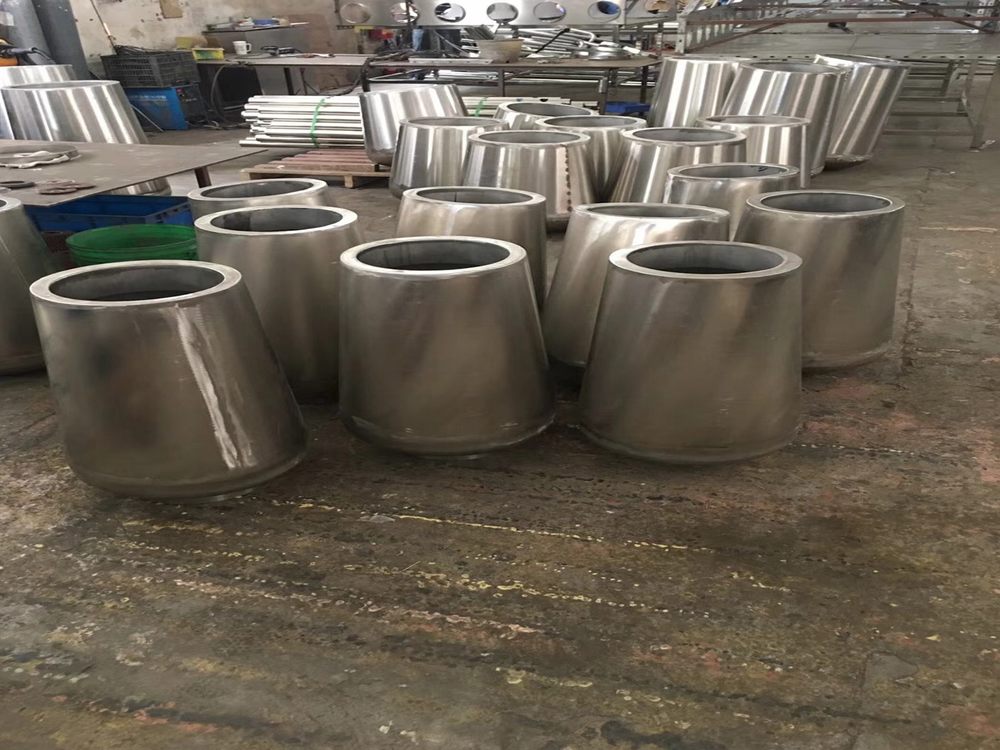
Wood carving is a timeless art form that serves both functional and aesthetic purposes. The primary distinction between utilitarian and purely decorative wood carvings lies in their intended use. Utilitarian carvings are designed with practicality in mind, such as furniture embellishments, tool handles, or architectural elements. These pieces often feature durable designs that enhance functionality while adding subtle beauty.
In contrast, purely decorative wood carvings prioritize artistic expression over utility. These works include intricate sculptures, wall hangings, or ornamental objects meant solely for visual enjoyment. Decorative carvings often showcase elaborate details, symbolic motifs, and creative freedom, reflecting cultural traditions or personal artistry.
Another key difference is the choice of wood and techniques. Utilitarian carvings typically use sturdy, workable woods like oak or maple, while decorative pieces may employ exotic or visually striking varieties. The craftsmanship also varies—functional carvings emphasize durability, whereas decorative ones focus on precision and aesthetic appeal.
Ultimately, both forms celebrate the versatility of wood as a medium, blending artistry with purpose in unique ways. Whether practical or ornamental, wood carvings continue to captivate with their craftsmanship and cultural significance.

